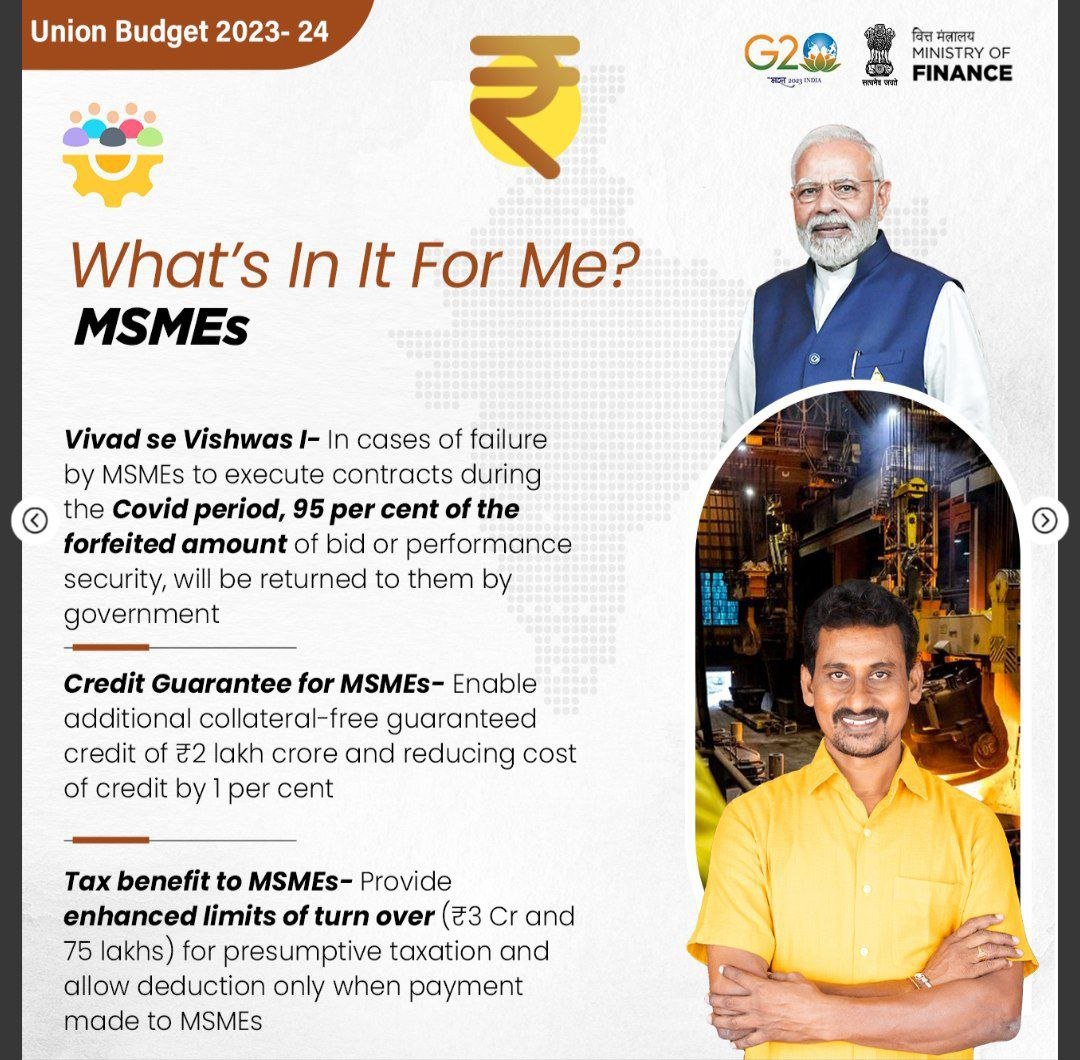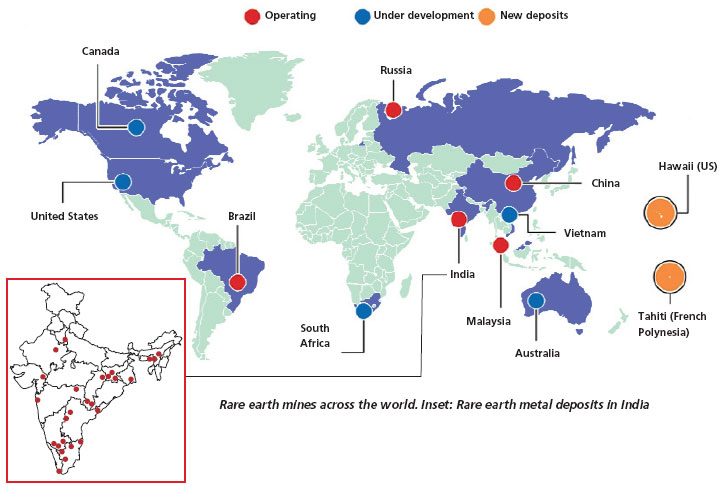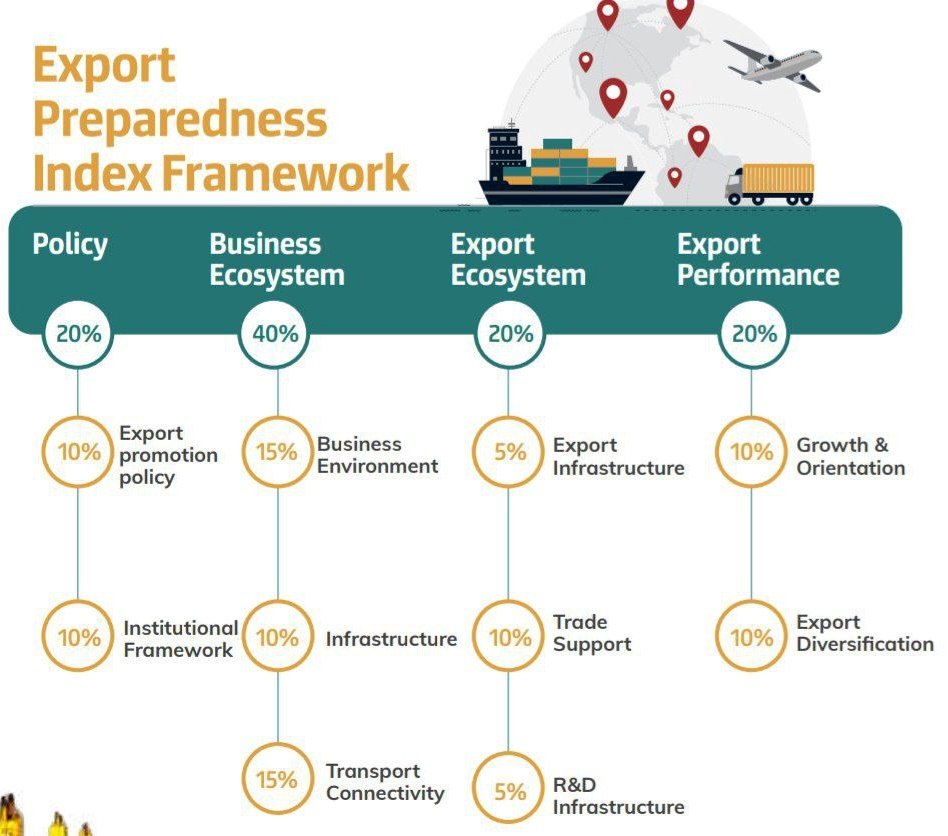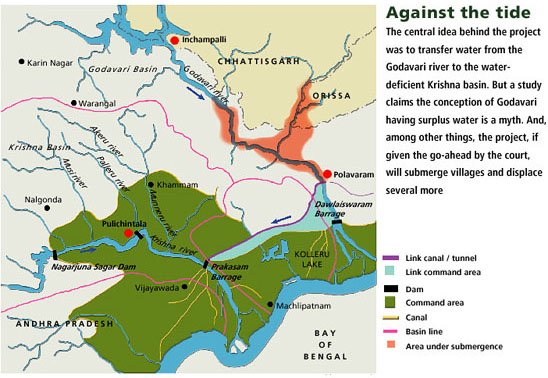
Current Affairs July 26, 2023: No-Confidence Motion, Initiatives for MSMEs, White Label ATMs, CRCS-Sahara Refund Portal
Subscribers of "Current Affairs" course can Download Daily Current Affairs in PDF/DOC
Subscribe to Never Miss an Important Update! Assured Discounts on New Products!
Must Join PMF IAS Telegram Channel & PMF IAS History Telegram Channel
{GS2 – Polity – IC – Parliament – 2023/07/26} No-Confidence Motion
- Context (TH): Opposition parties plan to move a no-confidence motion in the Lok Sabha.
- When a no-confidence motion is initiated, it means that a member or group of legislative body members expresses a lack of confidence in the current government.
- The IC does not mention either a Confidence or a No-confidence Motion. However, Article 75 of IC does specify that the Council of Ministers shall be collectively responsible to the Lok Sabha.
- Hence, a vote of ‘no confidence’ is always moved/passed against the entire government and not against an individual minister.
Key Points
- No-confidence Motion can be moved only in Lok Sabha.
- No prior reason needs to be stated for its adoption in the Lok Sabha.
- The motion needs the support of 50 members to be admitted.
- A no-confidence motion needs a majority vote (of the members present) to pass the House.
- If individuals or parties abstain from voting, those numbers will be removed from the overall strength of the House, and then the majority will be considered.
- If the motion is passed in the house, the Government is bound to vacate the office.
- The time lapse between passing one no-confidence motion and the other one is six months at least.
Procedure
- The member has to give written notice of the motion before 10 am, which will be read out by the Speaker in the House.
- A minimum of 50 members have to accept the motion, and accordingly, the Speaker will announce the date for discussion of the motion.
- The allotted date has to be within 10 days from the day the motion is accepted. Otherwise, the motion fails, and the member who moved the motion will be informed about it.
Speaker’s Role
- The Speaker has a substantial measure of discretion in admitting matters. The no-confidence motion is an exception. The leave to move the motion is granted by the House and not by the Speaker.
- That is, the Speaker has not been given the power to admit or disallow the no-confidence motion. He/she has to merely form an opinion that the motion is in order.
Previous No-Confidence Motions in the Indian Parliament
- The no-confidence motion has been passed 27 times in the past.
- The first no-confidence motion was moved during the third Lok Sabha in 1963 when Jawaharlal Nehru was the Prime Minister. Former Congress leader Acharya J.B. Kripalani moved the motion.
- The first no-confidence motion that led to the falling of a government was moved by Y.B. Chavan in 1979 against the government of Morarji Desai. Desai resigned before the motion could be put to vote.
- Indira Gandhi faced fifteen no-confidence motions, but none were successful.
- The most intriguing and closest of the no-confidence motion was moved in 1999 when the Vajpayee government lost the no-confidence motion by just one vote, which led to the fall of his government.
- VP Singh and HD Deve Gowda are the other two PMs who lost to no-confidence motions.
- Last no-confidence motion was moved against the NDA government in 2018.
{GS3 – IE – MSMEs – 2023/07/26} Initiatives for MSMEs
- Context (PIB): The Department of Expenditure, Ministry of Finance, has launched “Vivad se Vishwas I – Relief to MSMEs” to provide relief to MSMEs for the COVID-19 period.
Micro, Small and Medium Enterprises (MSME) sector

- MSME sector fosters entrepreneurship and generates self-employment at comparatively lower capital.
- Ministry of MSME promotes the sector’s development, including the Khadi, Village & Coir industries.
- MSME sector contributes about 29% to the GDP.
- MSME-related products export share stood at 49.4% and 49.8% for FY21 and FY20, respectively.
Government Initiatives to Strengthen MSMEs
- Vivad se Vishwas I – Relief to MSMEs Scheme
- Scheme of Fund for Regeneration of Traditional Industries (SFURTI)
- Scheme for Promotion of Innovation, Rural Industries and Entrepreneurship (ASPIRE)
- Pradhan Mantri MUDRA Yojana (PMMY)
- Udyam portal for registration of MSME
- Raising and Accelerating MSME Performance (RAMP) Scheme
- Emergency Credit Line Guarantee Scheme (ECLGS) to MSMEs.
- Credit Guarantee Scheme for Micro and Small Enterprises (CGTMSE) — a collateral-free loan of up to Rs. two crore to MSMEs.
- Credit Linked Capital Subsidy Scheme
Vivad se Vishwas I – Relief to MSMEs scheme
- Vivad se Vishwas I – Relief to MSMEs scheme was announced in the Union Budget 2023-24.
- The Ministry of Finance launched this scheme to provide relief to MSMEs affected during COVID-19.

- The following benefits are provided to MSMEs in case of failure to execute contracts during Covid:
- 95% of the performance security forfeited shall be refunded.
- 95% of the Bid security (percentage of the contract bid amount forfeited if a contractor does not take up the contract) shall be refunded.
- 95% of the Liquidated Damages (damages to be paid for failure to perform under a contract) deducted shall be refunded.
- 95% of the Risk Purchase (the government can transfer the contract to a different contractor and recover the costs from the failed original contractor) amount realised shall be refunded.
- In case any firm has been debarred due to default in the execution of such contracts, such debarment shall be revoked.
Pradhan Mantri MUDRA Yojana (PMMY)
- It was launched in 2015 to provide loans up to ₹10 lahks to non-corporate, non-farm small/micro enterprises or businesses, i.e. micro units, under the definition of MSME.
- It is an initiative by the Ministry of Finance to ‘fund the unfunded’.
Types of loans
- Shishu: covering loans up to Rs. 50,000.
- Kishor: covering loans above Rs. 50,000 and up to 5 Lakh.
- Tarun: covering loans above Rs. 5 lahks and up to 10 lahks.
Micro Units Development and Refinance Agency (MUDRA)
- MUDRA is a financial institution set up by GOI to fund the non-corporate small business sector through various last-mile financial institutions like Banks, NBFCs and Micro Finance Institutions (MFIs).
- MUDRA is a refinancing Institution, i.e. it does not lend directly to micro-entrepreneurs/individuals.


Udyam Registration
- MoMSME introduced it to simplify the procedural format to register a business under MSME.
- Any person who intends to establish an MSME may file Udyam Registration online in the Udyam Registration portal, based on self-declaration with no requirement to upload documents or proof.
- On registration, an enterprise will be assigned a Udyam Registration Number.
- Earlier, the procedural format for the same was time-consuming with lots of paperwork.
Scheme of Fund for Regeneration of Traditional Industries (SFURTI)
- SFURTI is an initiative by the Ministry of MSME to promote Cluster development.
- Khadi and Village Industries Commission (KVIC) is the nodal agency promoting khadi clusters.
Objectives of the scheme
- To organise the traditional industries and artisans into clusters to make them competitive.
- To provide sustained employment for traditional Industry artisans and rural entrepreneurs.
- To enhance the marketability of products of clusters.
A Scheme for the Promotion of Innovation, Rural Industries and Entrepreneurship (ASPIRE)
- ASPIRE was launched by the Ministry of MSME (MoMSME).
- It aims to set up technology and incubation centres to accelerate entrepreneurship in rural areas and promote startups for innovation in agro-industry.
Raising and Accelerating MSME Performance (RAMP) Scheme
- RAMP scheme is a World Bank-assisted program that aims to improve the performance of MSMEs.
- The Ministry of MSME is implementing it.
Objectives
- Improving access to the market and credit for MSMEs
- Improving centre-state linkages and partnerships
- Greening of MSMEs
Credit Guarantee Scheme (CGS)
- MoMSME launched Credit Guarantee Scheme (CGS) to facilitate the flow of credit to the MSE sector.
- To operationalise the CGS, GOI and SIDBI set up the Credit Guarantee Fund Trust for Micro and Small Enterprises (CGTMSE).
- CGTMSE provides guaranteed coverage to the lenders of MSMEs.
Emergency Credit Line Guarantee Scheme (ECLGS)
- ECLGS was announced to help businesses, including MSMEs, given the distress caused by COVID-19.
- It provides lending institutions with a 100 per cent guarantee against any losses they suffer due to non-repayment of the ECLGS funding by borrowers.
- ECLGS is under the operational domain of the Ministry of Finance.
Credit Linked Capital Subsidy Scheme
- The objective of this MoMSME Scheme is to facilitate technology up-gradation in MSEs by providing an upfront capital subsidy of 15 per cent (on institutional finance of up to Rs 1 crore availed by them).
{GS3 – IE – RBI – 2023/07/26} White Label ATMs
- Context (PIB): RBI has informed that to drive ATM penetration in the country, non-bank companies have been permitted to set up, own and operate White Label ATMs (WLAs) in the country.
- White Label ATMs (WLAs) are ATMs set up, owned, and operated by non-banks.
- WLAs are authorised under the Payment and Settlement Systems Act, 2007 by RBI.
- WLAs made their debut in India in 2013-14.
- RBI gave licences to eight players to set up ATMs in predominantly semi-urban and rural regions.
{GS3 – IE – Secrities – 2023/07/26} CRCS-Sahara Refund Portal
- Context (PIB): Minister of Cooperation has launched the CRCS-Sahara Refund Portal in New Delhi.
Securities and Exchange Board of India (SEBI) vs Sahara Group
- In 2008, two unlisted Sahara group companies, with paid-up capital of less than $20,000 each, raised funds from millions of small investors through optionally fully convertible debentures (OFCDs).
- SEBI ruled that the fund-raising process did not comply with the rules and ordered the group companies to refund the money, with 15% annual interest.
- The Sahara group claimed that the money raised through “optionally convertible debentures” would not come under the SEBI jurisdiction as they are “privately placed.”
- SEBI contended that a private placement should be for a maximum of fifty investors, not millions.
|
Appeal against SEBI’s Ruling
- Sahara challenged SEBI’s ruling before the Securities Appellate Tribunal (SAT).
- SAT upheld the SEBI order and asked the Sahara Group to refund Rs. 25,781 crore to 3 crore investors.
- SC upheld the SAT ruling and asked Sahara to deposit the money in three instalments.
- To ensure this repayment, the Sahara-Sebi escrow account was created.
- Sahara said it has deposited more than Rs 24,000 crore since 2012 in the Sahara-Sebi escrow account.
- In 2013, SEBI issued orders to attach the group’s bank accounts and other properties after companies failed to pay the remaining two instalments.
Escrow Account
|
Recent Developments
- The SC in March had directed that Rs. 5000 Crores be transferred out of the “Sahara-SEBI Refund (Escrow) Account” to the Central Registrar of Cooperative Societies (CRCS).
- Accordingly, CRCS-Sahara Refund Portal has been developed by GOI to facilitate the refund process for crores of depositors who had invested money in the fraudulent Sahara Group’s cooperative societies.
- The amount will be disbursed against the legitimate dues of the genuine depositors of the Sahara Group of Cooperative Societies.
Central Registrar of Cooperative Societies office
|
Debentures
- Debentures are debt instruments large companies use to borrow money at a fixed interest rate.
- Debentures, like most bonds, can make regular coupon and interest payments.
- They are not backed by any collateral, and hence, they rely on the creditworthiness and reputation of the person or company that issued them.

Convertible Debentures
- Convertible debentures are long-term debt instruments issued by a company that can be converted into equity shares of the company on a future date.
- They can be fully, partially, or optionally convertible.
- They pay lower interest than pure debt instruments.
Optionally Fully Convertible Debenture (OFCD)
- It is a kind of debenture that can be converted into shares at the expiry of a certain period at a predetermined price if the debt holder (investor) wishes to do so. (OFCDs hedge the investor’s risk)
Explanation
- An IPO-bound company would issue retail investors debentures with a fixed tenure.
- These debentures can be converted into shares at a pre-determined price within a fixed period.
- If the share trades above the pre-determined price after listing, retail investors would benefit by converting the debentures into shares.
- If the share stays below the pre-determined price, investors can withdraw the entire money invested in the OFCD and interest.




![PMF IAS Environment for UPSC 2022-23 [paperback] PMF IAS [Nov 30, 2021]…](https://pmfias.b-cdn.net/wp-content/uploads/2024/04/pmfiasenvironmentforupsc2022-23paperbackpmfiasnov302021.jpg)











